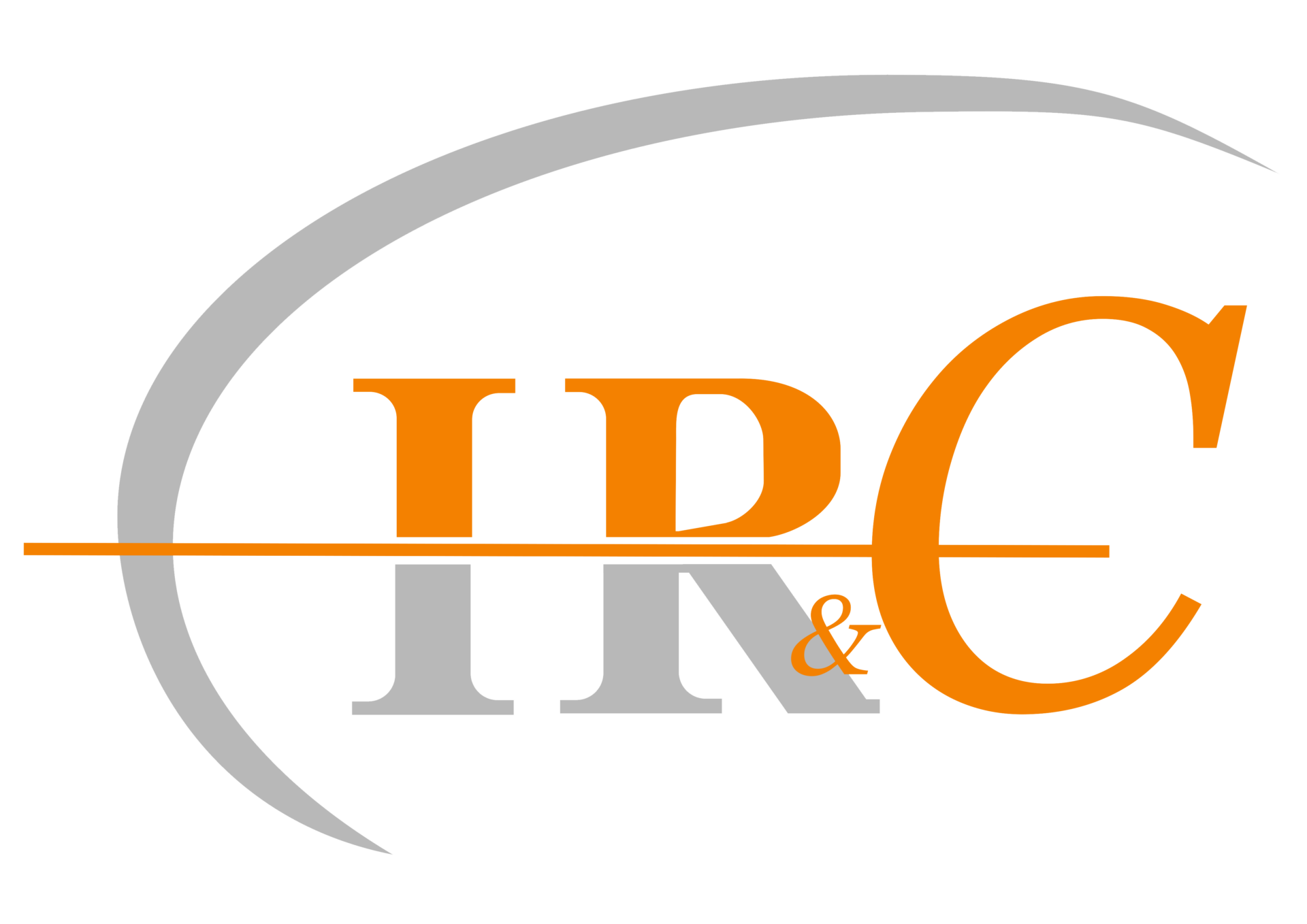Bio/neurofeedback therapy
With the term Biofeedback (ancient Greek βίος bios "life" and feedback "feedback") refers to a method in which changes in the state of biological processes that are not accessible to direct sensory perception are made observable, i.e. accessible to one's own consciousness, using technical (often electronic) aids. Biofeedback is similar in content to behavioral therapy and learning theory approaches. The treatment technique can be used in a variety of ways. In addition to curative approaches, biofeedback is also used in the field of peak performance training and coaching. It is often used for relaxation, but also for rehabilitation (for example of paralyzed muscles). Biofeedback has nothing to do with bioresonance therapy.
Theory
The body's own internal regulatory processes are often not directly accessible to the conscious mind, so that it is not possible to consciously influence the control loop in the event of imbalances. Biofeedback is used to make a bodily function (such as pulse, skin conductance or brain waves) accessible to the conscious mind by means of physiological measurements. This is generally done using sounds (volume, pitch or tone color) or visualizations (e.g. pointers or bar graphs). Through this feedback, the patient attempts to achieve an improvement in regulation through operant control.
Signal sources
A series of actual biological values can be used for the consciously perceptible representation. These are measured non-invasively, converted in an analog-digital converter, averaged and amplified and finally processed graphically or acoustically. In detail, the following can be recorded
- Breathing pattern (breathing frequency, breathing amplitude)
- Blood pressure
- Pulse (frequency, amplitude and variability)
- Oxygen content of the blood
- Skin temperature
- Skin resistance
- Muscle potentials (with the help of electromyography)
- Brain waves
The technical designs range from small portable devices, which often only record and report back one parameter, to vaginal and rectal electrodes and multi-channel devices that record several signals simultaneously at high frequency. In some cases, transmission is wireless using Bluetooth technology so that the test person/patient can move around freely during therapy.
Für viele der Anwendungen gilt, dass nicht unbedingt ein offensichtlicher Zusammenhang zwischen dem „Organ“ der Erkrankung und dem für die Therapie gewählten Messwert bestehen muss; so wird etwa für das Biofeedback bei Depressionen häufig die Herzratenvariabilität als Istwert genutzt.
Practice
A possible implementation in practice is as follows: The test person sits in front of a computer screen. A measuring probe is attached to his finger, which measures the skin conductance and thus indirectly the degree of tension of the autonomic nervous system. This measured value is displayed on the monitor so that the test person receives feedback on their current physiological control mechanisms. At the same time, the breathing curve or the degree of muscle tension in the forehead and neck can be recorded. It is also possible to attach a pulse amplitude measuring device to the temporal artery (important in the treatment of migraine patients). The measured values are displayed on the screen as a curve diagram or other graphical representation. In this way, psychophysiological connections are made clear. For example, the effects of memories of pleasant or difficult situations on breathing, skin conductance and the cardiovascular system can be observed. The observable reaction pattern varies from person to person. The feedback leads to the person being treated getting to know themselves better and learning to distinguish between relaxation and tension. Often enough, the measured values show that muscles are tense, breathing is shallow, palms are sweating or the heart is beating fast, although the person concerned is not aware of this. Biofeedback serves to heighten awareness of one's own inner states. This is referred to as an increase in interoceptive ability. In a second step, exercises are used to change the parameters in the direction of a therapeutic goal, e.g. to lower the skin conductance, to reduce muscle tension, to make the breathing pattern even and calm.
The path to achieving the goal is not predetermined. Biofeedback can easily be combined with relaxation techniques such as autogenic training, yoga, mindfulness-based methods or progressive muscle relaxation. Immediate feedback on the success of the technique used increases motivation to continue and perfect what has already been started. Ultimately, the aim is to reliably apply the influence on the autonomic nervous system in everyday life, even without an aid, in order to cope better with difficult situations without developing symptoms.
Areas of application
The clinical and practical application possibilities are diverse in accordance with the wealth of parameters that can be derived. They include
- Pain syndromes (migraine and tension headaches; chronic back pain)
- Cardiovascular diseases such as high blood pressure (in addition to drug therapy), Raynaud's syndrome
- Anxiety and panic disorders, depression, functional disorders, psychosomatic complaints
- Urinary and fecal incontinence
- ADHD, epilepsy
- Vaginism
- Tinnitus
- neuromuscular rehabilitation
- Stress management, peak performance training
Reasons for patients to choose biofeedback treatments include
- The method is non-invasive.
- It can reduce or completely eliminate the need for the use of medication.
- It can be an alternative treatment for patients for whom medication is contraindicated.
- It can be an option in cases where medication has not been effective.
- It can be an alternative to medication in certain conditions during pregnancy.
The method has no side effects and is also suitable in principle for children from around 6 years of age and adults with disabilities. For many of the indication areas mentioned, sound evidence of effectiveness has been provided in the form of controlled studies and medium to large effect sizes have been shown in meta-analyses, although the costs of biofeedback are currently only covered by statutory health insurance in individual cases.


